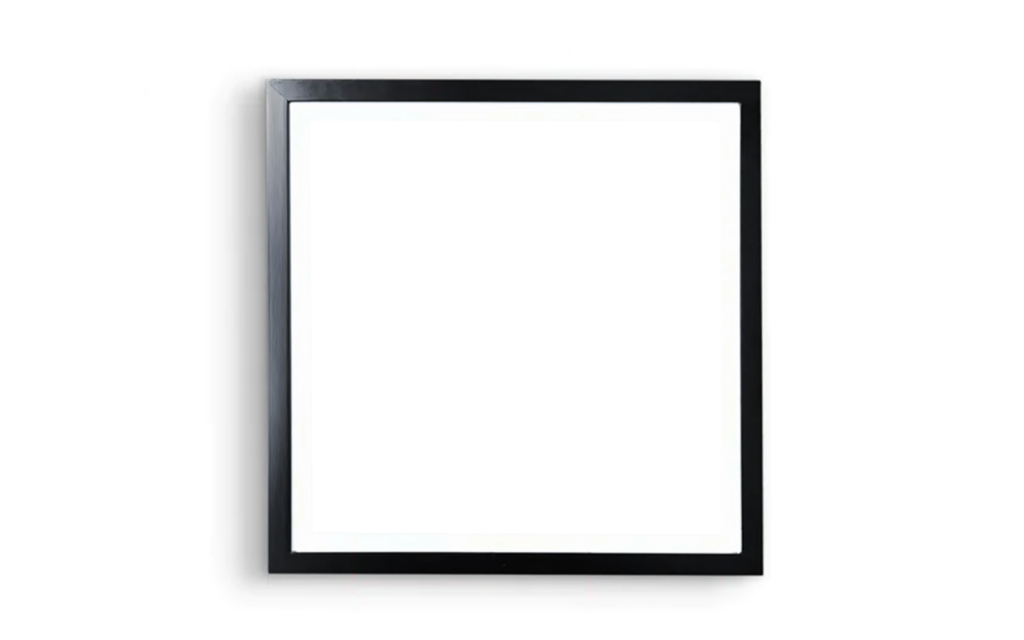One of the strangest things about our visions of the future is that the brighter and purer their coming worlds seem, the more poignant they are. Impossibility, and therefore failure, is hard-wired into every utopia. The virtual pavilion that Josephine Meckseper has conceived for DMINTI, built by architect Hani Rashid on a cold mountaintop in a far-off corner of the metaverse, captures the poignancy inherent in all futurisms. Inspired by Lilly Reich and Mies van der Rohe’s Barcelona Pavilion, as created for the 1929 World’s Fair in the Catalan capital, and also by the crystaline dream-structures of Bruno Taut from a decade earlier, Meckseper’s pristine glass box seems caught in the past even as it looks to the future. Or rather, it is caught in the future as imagined in the past — in all the modern pasts, in fact, that have ever imagined the future. Given the physical limits of the universe we inhabit and the limited scope of our late-ape brain, barely a million years along in its evolution, all the futures we imagine end up surprisingly like versions of our failed presents. And our failed presents are forever recalling past futures: The shardchitecture of London’s South Bank and of New York’s Hudson Yards has its roots in Taut’s crystal structures. In Meckseper’s virtual world, Taut’s crystals soar as high as Alpine peaks and Mies’s modern box perches on them.
Her project’s title, “Scenario for a Past Future,” could hardly be more apt.
“The piece works as a snapshot of where we are right now, and how we project ourselves into utopian worlds” Meckseper told me, after I had removed the Oculus headset that allowed me to take a virtual walk inside her virtual pavilion. With Web3 and its metaverse as our current model for perfect worlds, Meckseper has used her first engagement with the virtual to remind us of its links to earlier futures we have imagined: Her Miesian box comes filled with modernist dreamings from a century ago. As we explore its void, we encounter three virtual versions of Constantin Brancusi’s “Endless Column,” first conceived by him in 1918. And of course, the infinity implied in that title is a modernist pipe dream. In Meckseper’s pavilion, you can come up close and count the distinct endedness of her columns’ repeating modules — four in one sculpture, a pair of modules in her other two “Brancusis” — and then watch as the three virtual sculptures explode into virtual shards. Far from being endless and eternal, Brancusi’s columns, as projected into our virtual future by Meckseper, are contingent in the extreme, barely able to survive the pull of a virtual mountaintop’s virtual gravity.
An abstract painting hanging nearby also rejects all permanence: Even as my virtual avatar was taking it in, its composition revealed itself to be forever changing, as though the teleological perfections offered by abstract art were always too slippery to be grasped. Working in the metaverse lets Meckseper concretize contingency; when we enter her virtual space, its contingencies become ours. As I explored Meckseper’s pavilion, with its dreams of new space and structure, I was reminded of similar dreams from long-gone World’s Fairs. I grew up more-or-less on the grounds of Expo ’67, the World’s Fair in Montreal, and I got to experience the underlying sameness of the utopian visions presented in its national pavilions, even when constructed by sworn enemies: the faultless geodesic dome of the American pavilion was of a piece with the Space Age modularity offered by Cuba. And then I got to watch one structure after another lose its purpose and fall apart and eventually get bulldozed. They presented a mankind-at-its-best view that was evidently doomed to fail, right from the start, as those pavilions got built by a bunch of humans-at-their-average. But that inevitable failure didn’t really detract from the pleasures of the pavilions’ initial promise. Meckseper’s metaversal pavilion perfectly captures that same balance, and tension.
Meckseper’s more interested in exploring the inevitable, inescapable limits of new technology that in any potential it might have. But as her DMINTI project makes clear, those limits come with a poetry all their own, and it wouldn’t exist without that potential.
Blake Gopnik is an author and art critic based in New York, and a regular contributor to The New York Times.




